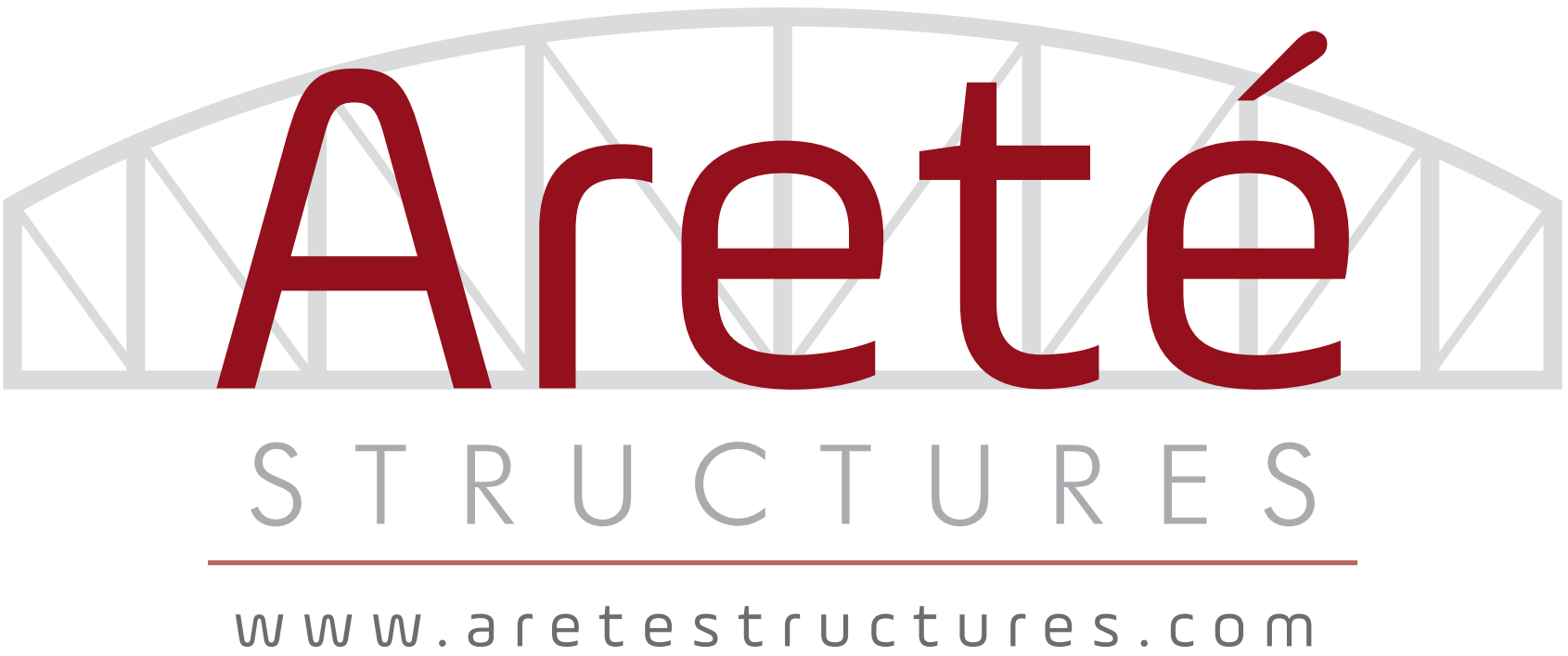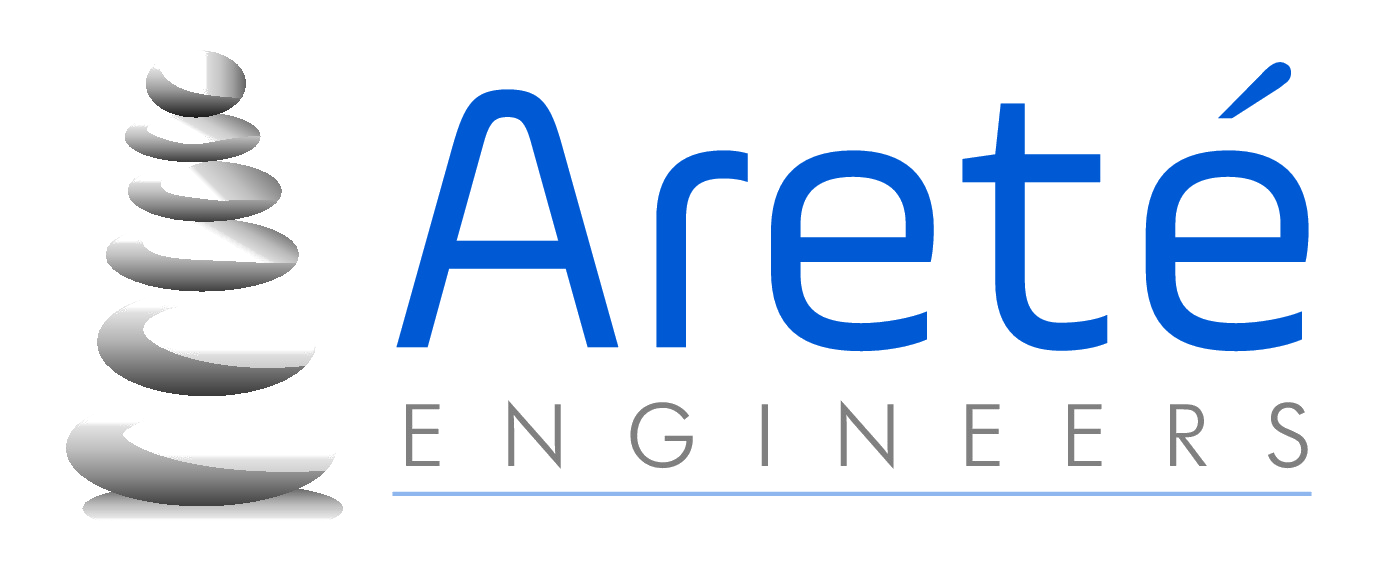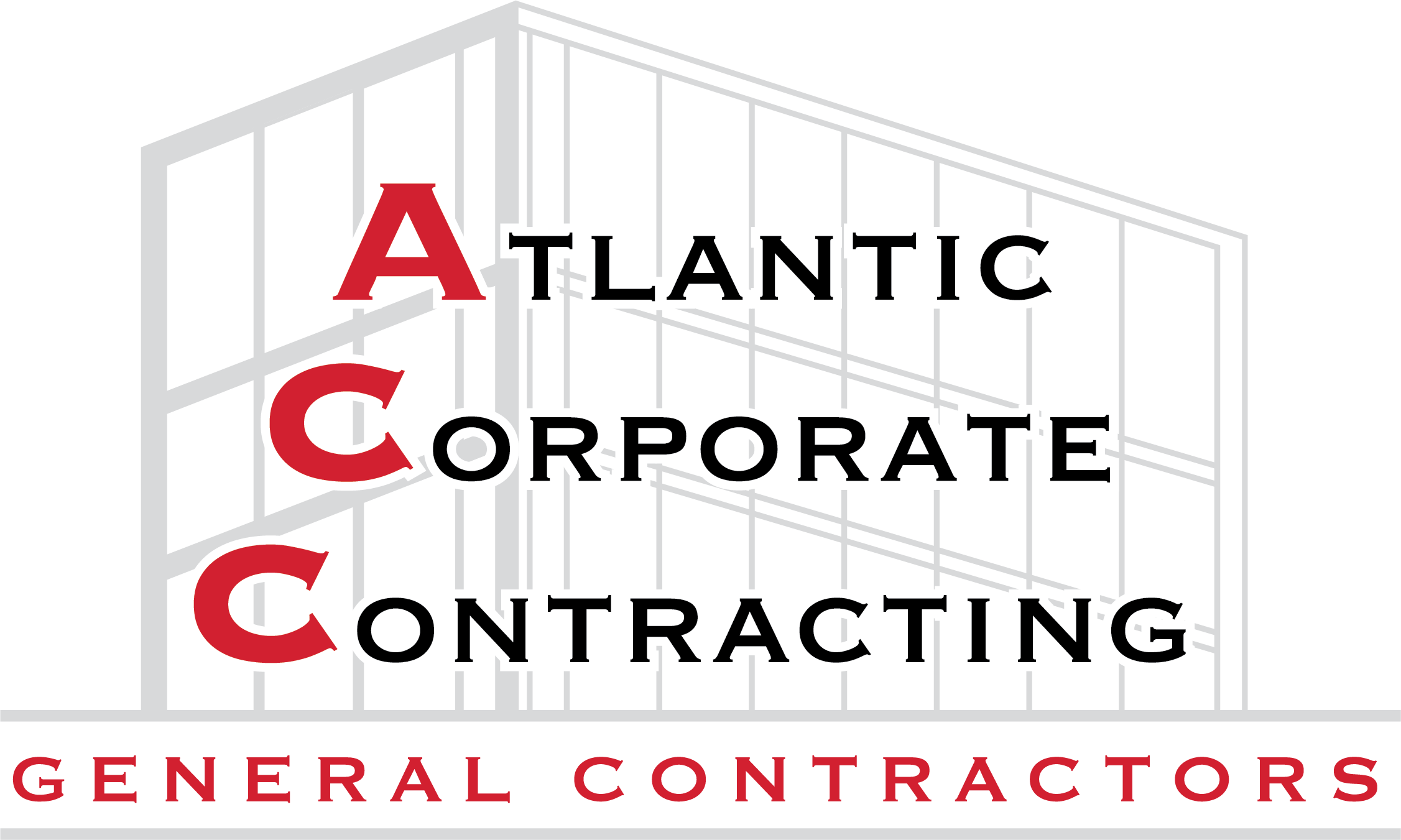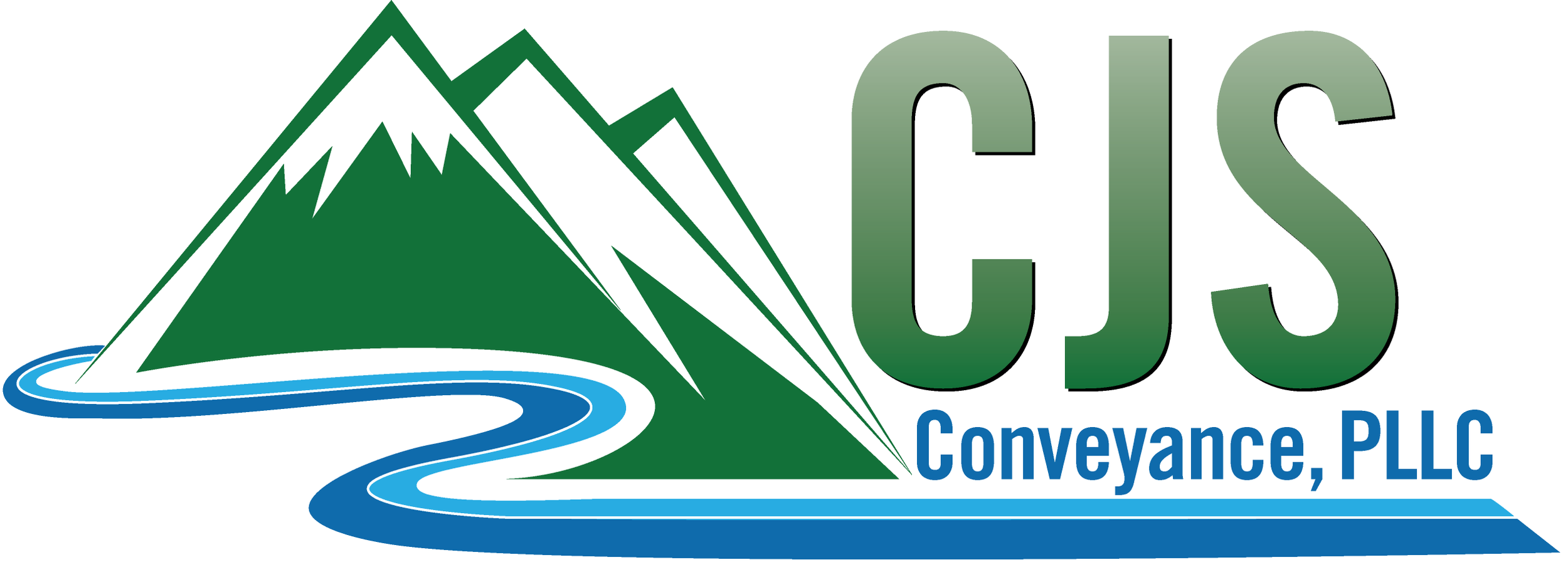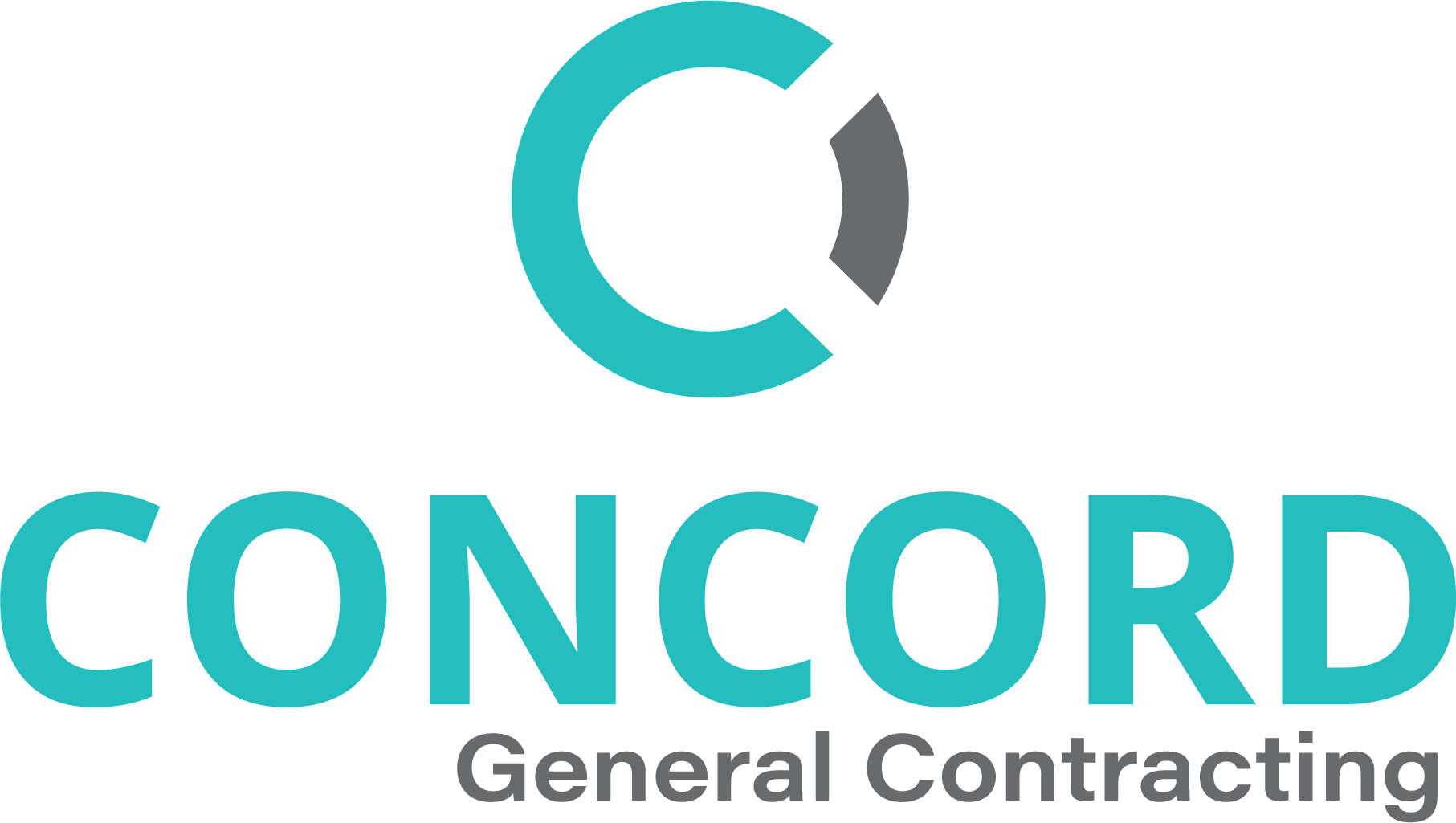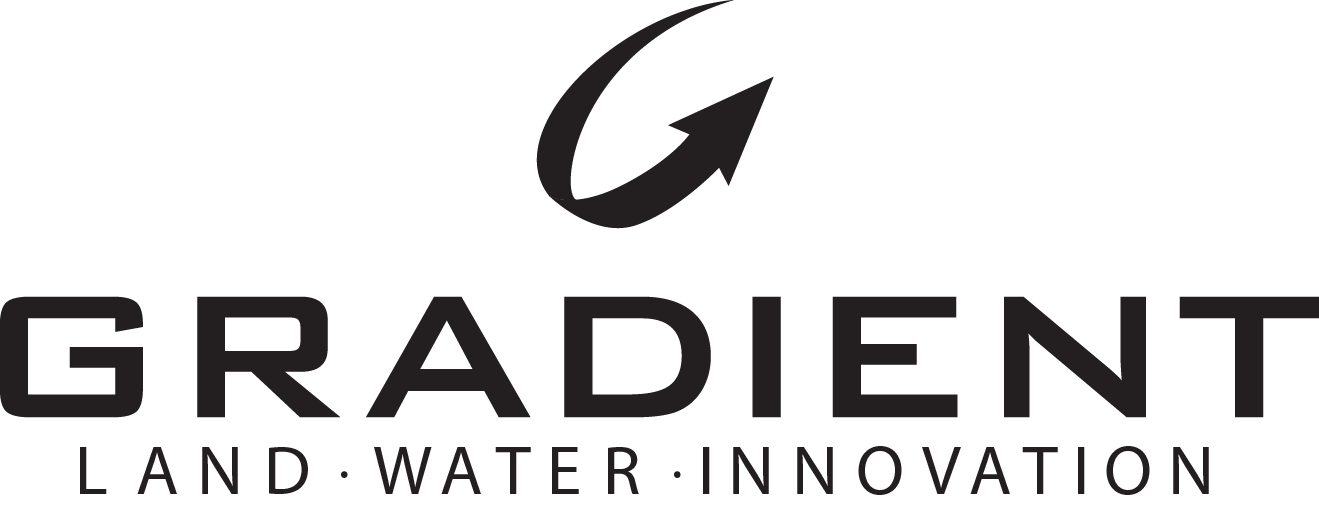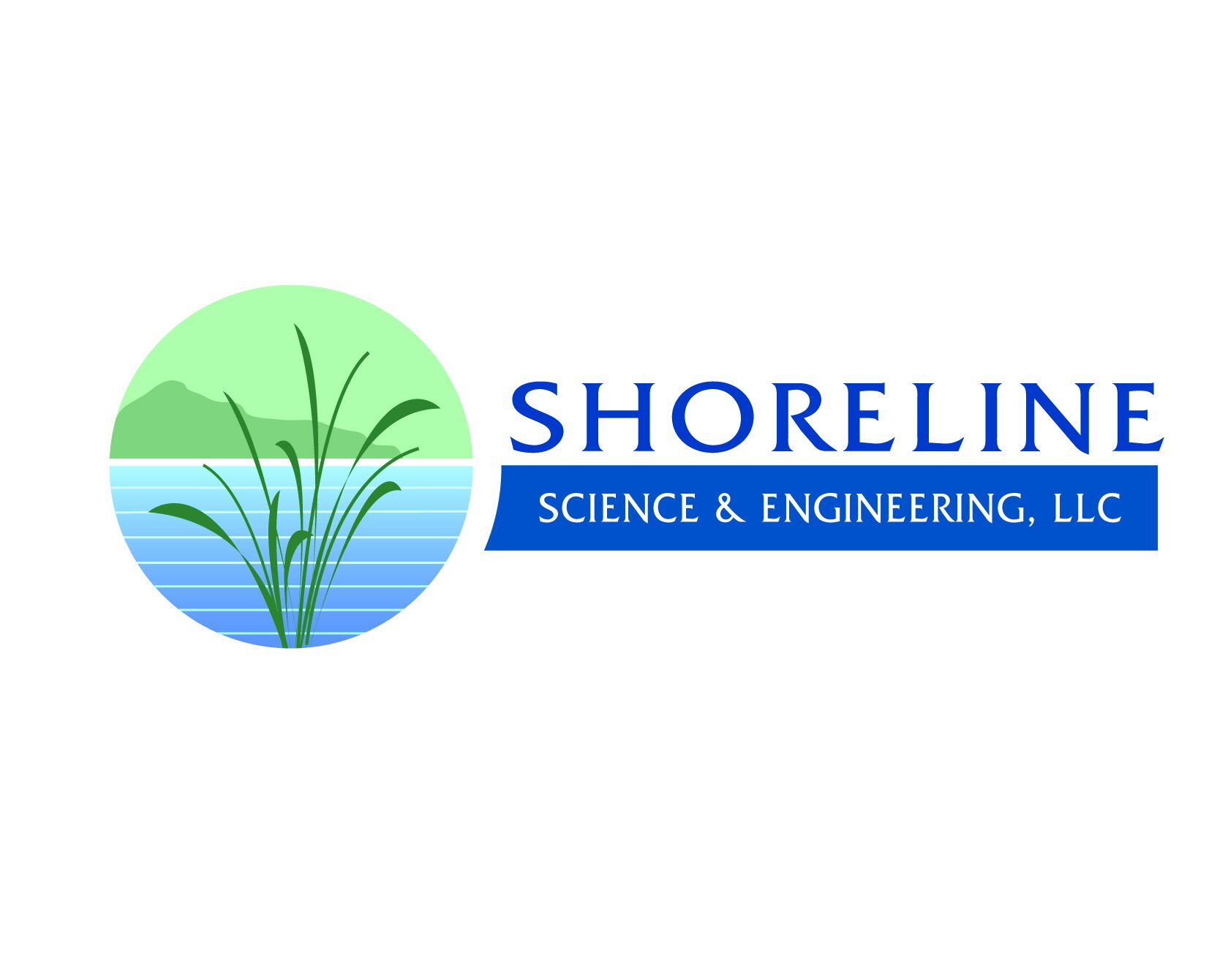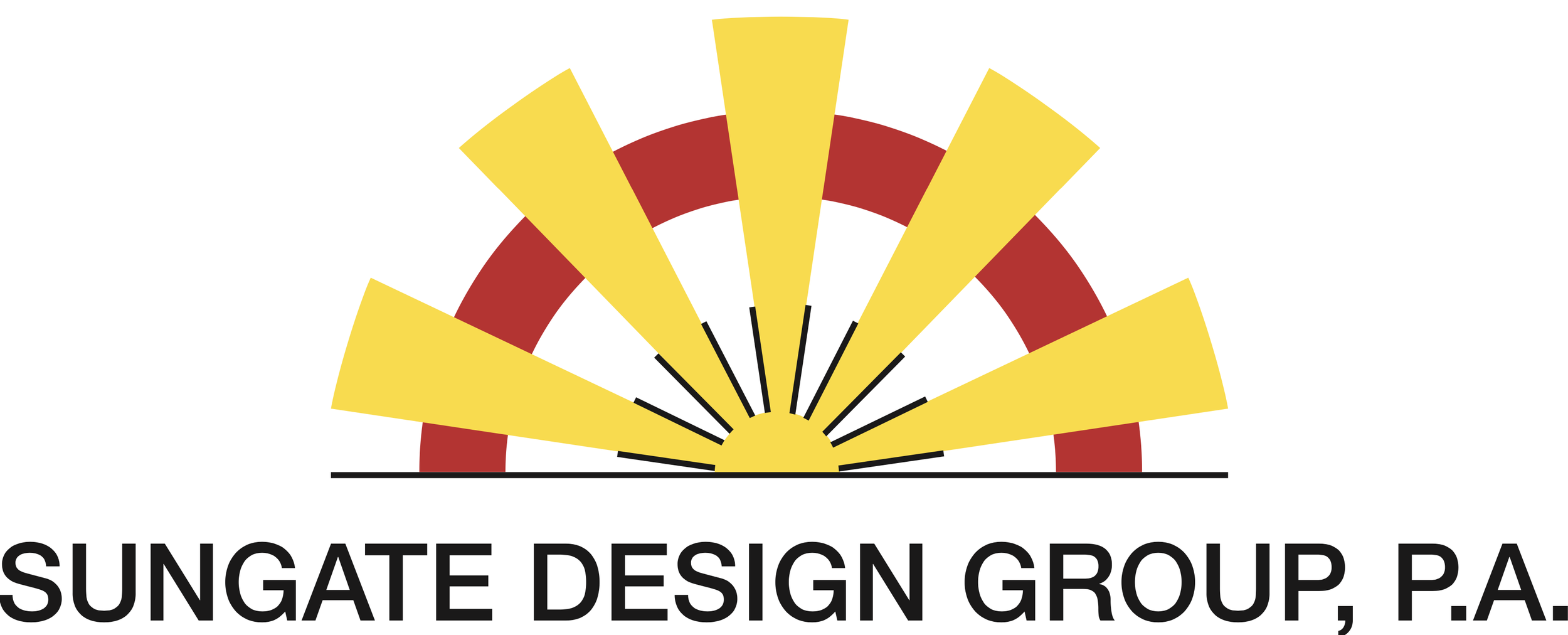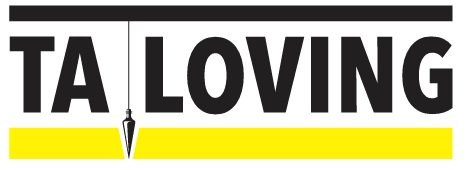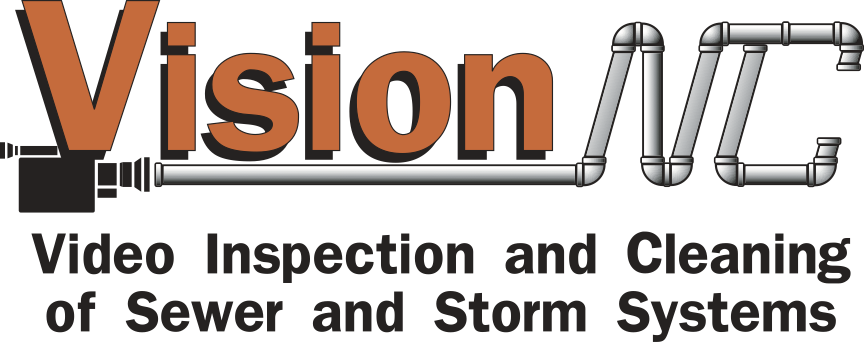We’ve talked about the importance of becoming a thought leader, and we discussed the channels AEC professionals can use to cultivate thought leadership. Now, we deep dive into key steps to developing and executing your strategy that will set you on the path to thought leadership greatness.
Step 1: Define Your Area of Expertise
To cultivate thought leadership, it's essential to identify your unique area of expertise within the AEC industry. What topics or niches are you most passionate about and knowledgeable in? By narrowing down your focus, you can position yourself as a true specialist, which in turn elevates your credibility and attracts a dedicated following. I had a recent conversation with a client where we talked about what sharing your expertise to position yourself as a thought leader actually looks likes. Keep in mind that we aren’t giving Engineering Thoughts 101 or Architecture Basics 102 classes here. Rather, you are taking a niche perspective within a relevant topic and sharing your thoughts, your research/experience, and YOUR perspective. If you want to become a thought leader, it’s of the utmost importance to have just that - THOUGHTS. Basic industry knowledge won’t cut it here.
Step 2: Understand Your Target Audience
Understanding your target audience is crucial for crafting relevant and impactful content. Dive deep into the needs, pain points, and aspirations of who you want to connect with. What challenges do your clients face? What information do they need? Tailor your content strategy to address specific concerns, offering valuable insights and practical solutions that resonate with the goals of your ideal audience(s).
Step 3: Create Compelling and Valuable Content
Content is the heart and soul of thought leadership. To stand out from the crowd, focus on creating content that is both compelling and valuable. Share your unique perspectives, insights, and experiences through blog posts, case studies, whitepapers, videos, and more. Be authentic, informative, and don't shy away from thought-provoking ideas that challenge the status quo. Remember, your goal is to establish yourself as a trusted advisor, someone to turn to for innovative thinking and expert guidance.
Step 4: Leverage the Right Channels
Identify the most effective channels to share your content and connect with your target audience. Will it be through your own blog (case in point is this article right here!)? Guest contributions to industry publications? Speaking engagements at conferences? Social media platforms? Choose channels that align with your audience's preferences and habits, ensuring maximum visibility and engagement. Adapt your content to suit each channel's unique requirements and tone. For more on the channels, review Part 2.
Step 5: Engage and Network
Thought leadership is not a one-way street. Actively engage with your audience, respond to comments, and participate in industry discussions. Networking with peers, influencers, and potential collaborators is also essential. Attend conferences, join industry associations, and contribute to online communities. Building strong relationships and fostering collaborations will amplify your thought leadership impact and open new doors of opportunity.
Step 6: Measure and Optimize
Continuously measure the effectiveness of your thought leadership strategy. Monitor key metrics such as website traffic, engagement levels, social media followers, and industry recognition. Analyze what is working well and what can be improved. Optimize your approach by experimenting with different content formats, delivery channels, and engagement tactics. Stay agile and adapt to the evolving needs and preferences of your target audience(s).
Step 7: Stay Consistent and Evolve
Thought leadership is a long-term game. Let me repeat - Thought leadership is a long-term game. Think in terms of years, not weeks or months. It requires consistency, dedication, and continuous growth. Stay committed to creating high-quality content, nurturing your relationships, and expanding your knowledge. Embrace new ideas, technologies, and industry trends. Thought leaders are always at the forefront of innovation, pushing boundaries and bringing ideas to the table.
Now that you have the roadmap to cultivating your thought leadership, it's time to take action. Embrace each step, share your knowledge boldly, and make a lasting mark in the AEC industry. The world is waiting for your thought leadership brilliance to shine!
Remember, true thought leadership is not about self-promotion—it's about uplifting the industry, fostering growth, and inspiring others. Are you ready to embark on this exciting journey? Let's change the game together!







